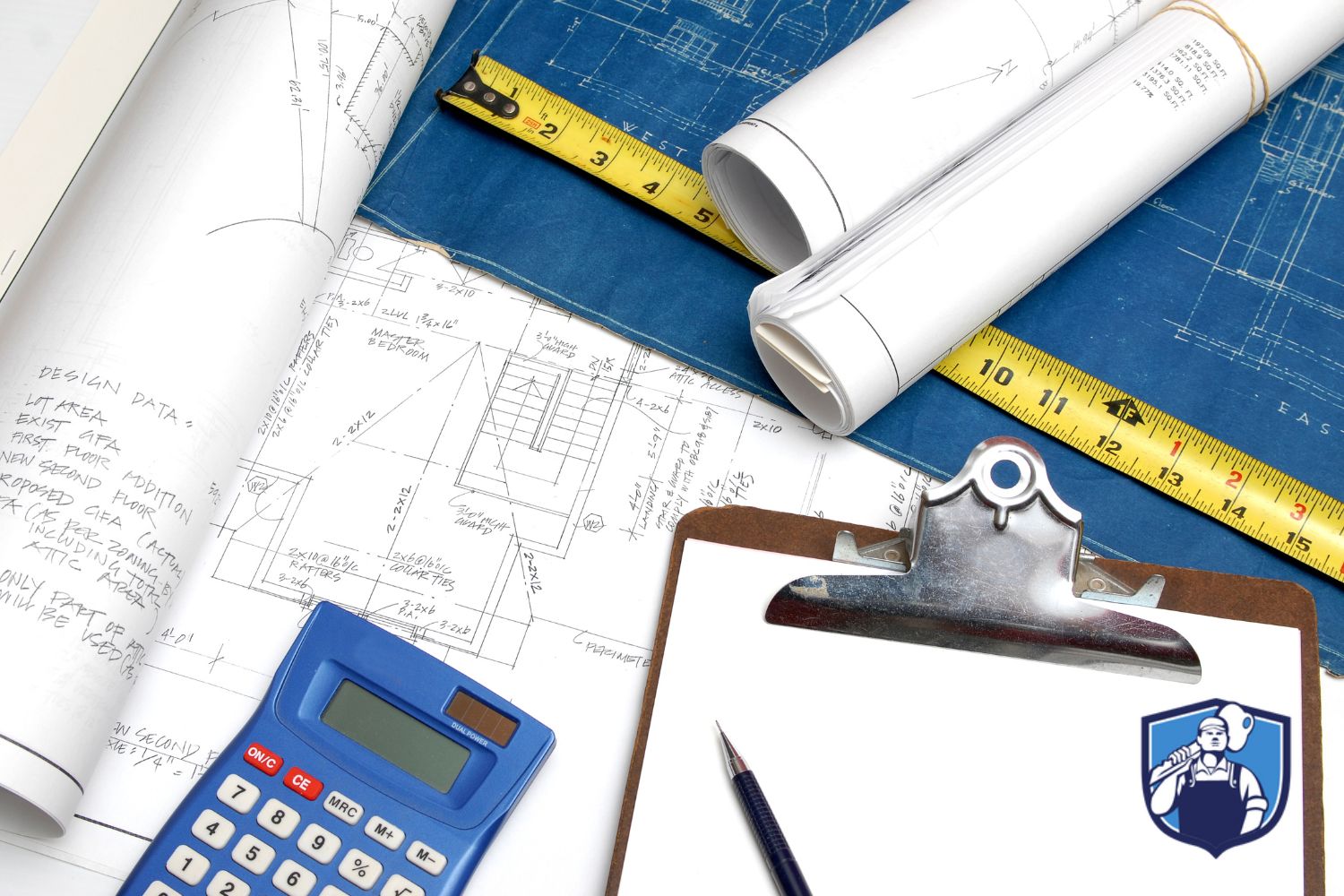Vital to ensuring that clients select the most suitable contractor or supplier for the project at hand, the tendering process plays a major part in moving construction work from the planning stages to the actual commencement of works.
It’s also the one point in any project schedule that the true value of a construction estimator starts to be fully appreciated.
These skilled specialists take care of a number of essential tasks in order to ensure two key things happen:
- Clients set a level playing field when issuing an invitation to tender
- Contractors and suppliers submit bids that are accurate, affordable, and realistic.
From material take-offs and Bills of Quantities right down to the final complete estimate, this is stage where it all begins to come together.
Today, I’ll explain precisely why a construction cost estimator plays such an integral role in the tendering process. Before we do that, however, let’s ensure that we fully understand just what we mean when we talk about ‘tendering.’
What is Tendering?
In its most basic sense, tendering is a process by which builders, suppliers, and specialist contractors submit a bid (alternatively known as a proposal or tender) offering to carry out or oversee a construction project for a set fee.
Typically, the client will issue an invitation by one of two means:
Open tendering
Soliciting tenders from any and all interested parties, usually by publishing the invitation in trade journals.
Selective tendering
Opening the tendering process to a select list of contractors or suppliers, usually those already known to the client, or with a reputation for success in a certain type of project.
Though selective tendering does limit the number of potential contractors, both processes are still highly competitive, which means it’s important for both client and contractor to get it right.
Not that it’s always so straightforward
The Single Biggest Challenge of the Tendering Process
Picture the scenario:
You put a project out to tender, inviting interested parties to base their estimated costs on nothing more than the original drawings and blueprints.
Each contractor goes away and hires their own cost estimator or opts to do their own cost estimates to run through the take-off process, measure all the available materials, and put costs together.
By the time those tenders come back, you find that each estimator used a slightly different process and, as such, came up with slightly different measurements.
The problem there is that you end up with a scenario in which no two tenders are for exactly the same measurements.
As you can imagine, this makes it difficult -if not impossible- to compare tenders on a like-for-like basis.
That’s where a construction estimator comes into play, producing everything that is needed to guarantee a fair and accurate bidding process.
How?
Let’s take a look.
How Build Estimators Ensure Fair and Accurate Tendering
Right from the very beginning, the experience and expertise of a professional cost estimator is put to work in producing a comprehensive Take Off List, which details every last element that is needed to complete the project.
As we explained in our recent Guide to the Taking Off Process, these elements are measured and quantified to create a Bill of Quantities.
What is a Bill of Quantities Used For?
Once completed, this bill is issued to all parties who are interested (on the case of selective tendering, invited) in putting in a bid. Contractors and suppliers base their cost estimates on these measurements, rather than ones they make themselves.
This ensures a uniform approach right across the board and means that when going through the received tenders, clients are in a better position to make a like-for-like comparison and choose the supplier that is best suited for the task at hand.
For more weekly advice on how to start, manage, and grow your business as a self-employed tradesperson or contractor, follow Tradesman Biz on Twitter, Facebook, or Linkedin.

Leave a Reply